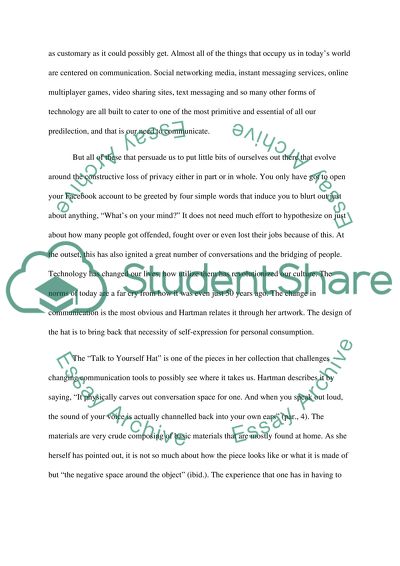Cite this document
(“Self-Expression And The Exclusivity Of Thoughts: Talk To Yourself Essay”, n.d.)
Self-Expression And The Exclusivity Of Thoughts: Talk To Yourself Essay. Retrieved from https://studentshare.org/psychology/1434370-self-expression-and-the-exclusivity-of-thoughts-talk-to-yourself
Self-Expression And The Exclusivity Of Thoughts: Talk To Yourself Essay. Retrieved from https://studentshare.org/psychology/1434370-self-expression-and-the-exclusivity-of-thoughts-talk-to-yourself
(Self-Expression And The Exclusivity Of Thoughts: Talk To Yourself Essay)
Self-Expression And The Exclusivity Of Thoughts: Talk To Yourself Essay. https://studentshare.org/psychology/1434370-self-expression-and-the-exclusivity-of-thoughts-talk-to-yourself.
Self-Expression And The Exclusivity Of Thoughts: Talk To Yourself Essay. https://studentshare.org/psychology/1434370-self-expression-and-the-exclusivity-of-thoughts-talk-to-yourself.
“Self-Expression And The Exclusivity Of Thoughts: Talk To Yourself Essay”, n.d. https://studentshare.org/psychology/1434370-self-expression-and-the-exclusivity-of-thoughts-talk-to-yourself.


